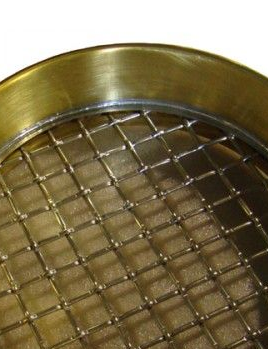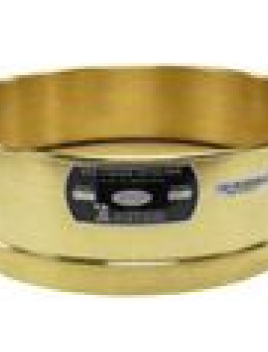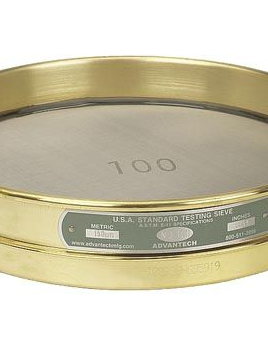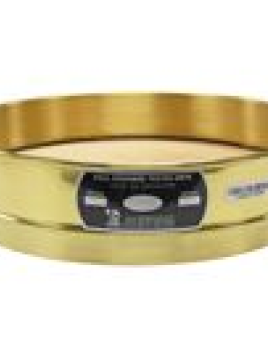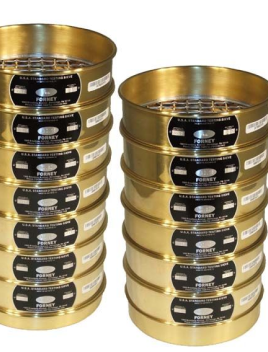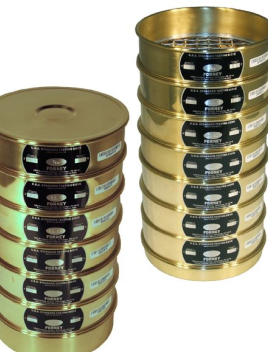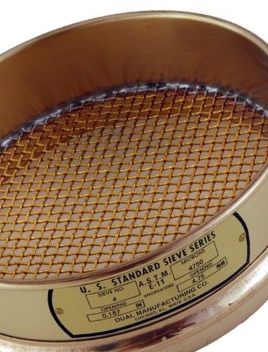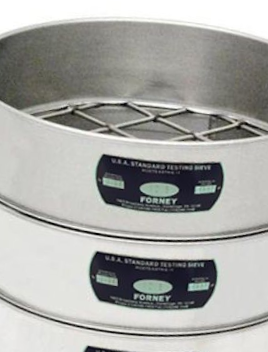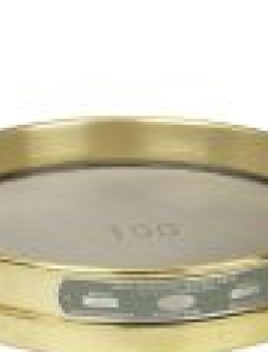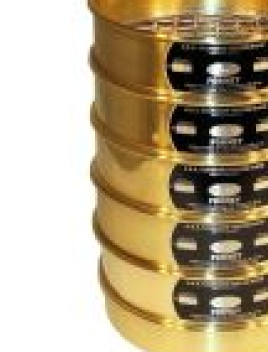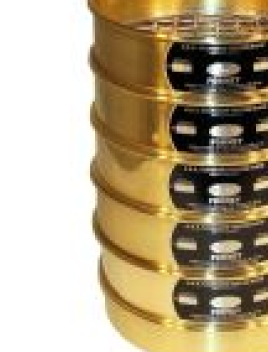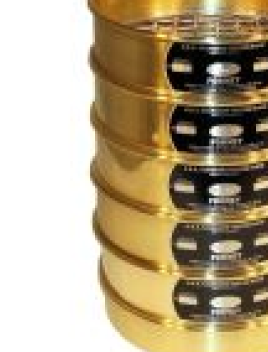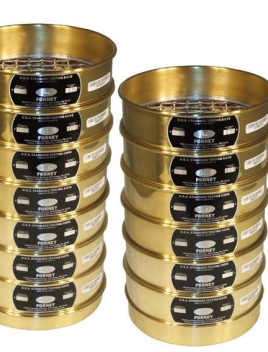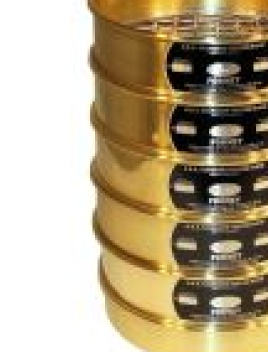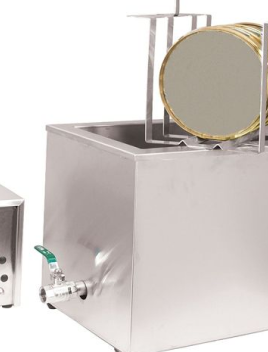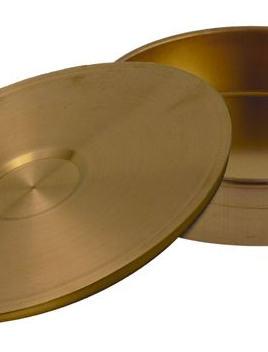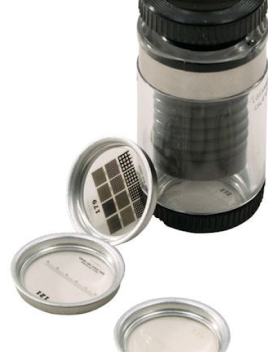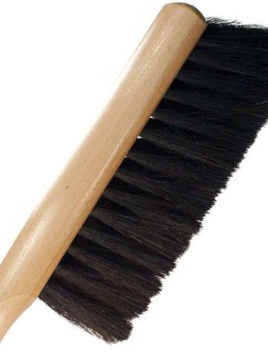TEST SIEVES FOR CONSTRUCTION MATERIALS
Shop Forney’s wide range of sieves for all aspects of construction material sample preparation, mix design, QC and general particle analysis. Forney offers test sieves of 3, 6, 8, 10, 12 and 18 inches, as well as mesh sizes ranging from 4 inches to 20 µ in brass and stainless steel.
Find the Right Sieve—Fast
With thousands of sieve variations available, finding the right product can be overwhelming—especially since many options look nearly identical. That’s why we’ve made it easy to filter your search.
Start by narrowing down your options using the filters on this page to select the sieve height, diameter, and material type that meet your testing requirements. Once you’ve selected the right configuration, you’ll be directed to a grouped product page where individual sieves are listed by mesh size for quick comparison and ordering.
Whether you're restocking a specific sieve or building out a full set, this filtering system ensures a faster, more accurate shopping experience.
Sieves by Height
Sieves by Diameter
Sieves by Material Type
Sieve Kits for Easy Ordering
Looking for a quick way to get started or outfit your lab with a complete set? Our preselected Sieve Kits take the guesswork out of ordering.
Choose from starter kits ideal for new labs or occasional testing, or select from aggregate-specific kits tailored to common gradation requirements. Each kit includes a curated set of sieves based on typical material sizes—saving you time and ensuring you have the right tools for the job.
It’s the simplest way to get the sieves you need, all in one convenient package.
